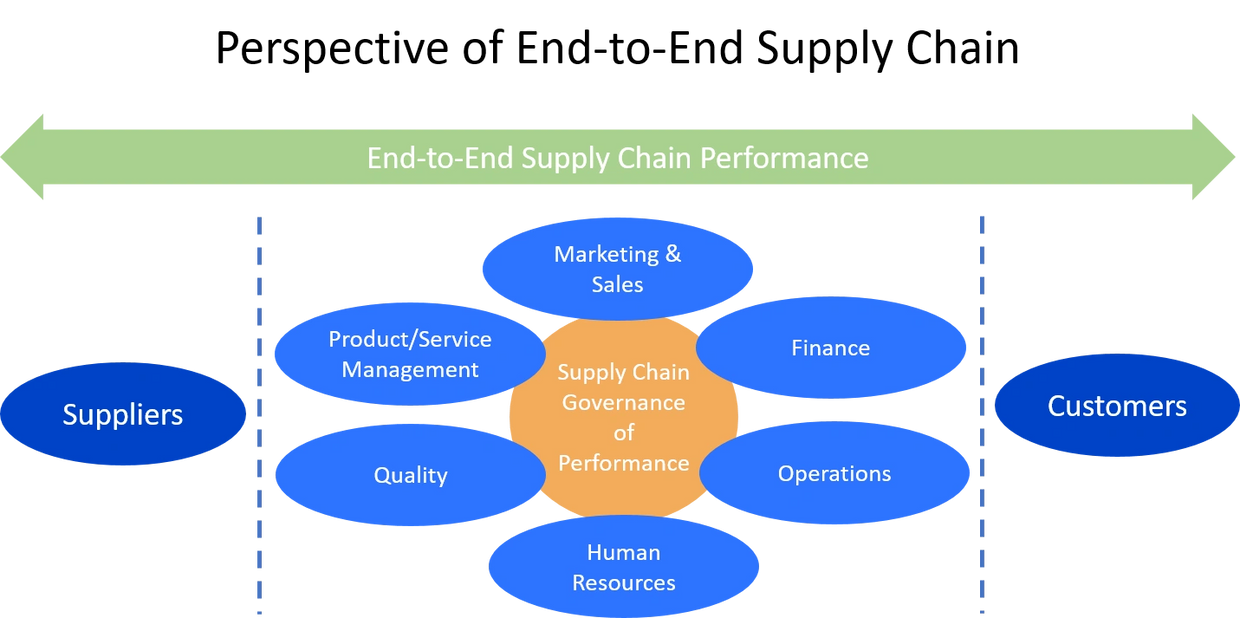Signed in as:
filler@godaddy.com
Signed in as:
filler@godaddy.com

We have all been challenged in our careers with a situation that could only be resolved by providing a proper perspective of the issue before leading a team to define and execute actions to address it. This is especially true when undertaking transformation of end-to-end supply chains.
Most supply chain executives have progressed in their careers through higher levels of leadership of functional organizations such as planning, procurement, industrial engineering, manufacturing, logistics, operations, or order management. Add to that the need to align the organizations of the evolving supply chain enterprise including Product & Service Management, Marketing & Sales, Finance, Quality, and Human Resources, and the challenge of providing comprehensive perspective becomes greater.
Few leaders have had the opportunity to gain experience and develop end-to-end perspectives for supply chain leadership teams. All teams struggle to find perspective of issues that arise in terms of its importance, urgency, and cause. Should the issue be viewed from the perspective of internal organizations, specific external customers, suppliers, investment shareholders, or the marketplace in general?
Transformation Leaders must be prepared to support teams in defining the right perspective.
The Transformation Leader can help teams establish balanced and sustained perspectives through the utilization and integration of several key concepts.
· Prioritized Strategic Outcomes
· Enterprise Life Cycle Status
· Enterprise Intelligence
· Balanced End-to-End Scorecard
Prioritized Strategic Outcomes are defined by what enterprise really desires from the end-to-end supply chain. These strategic outcomes are different for “For-Profit”, “Non-Profit”, or “Government Agency” enterprises. For example, “For-Profit” may focus on Growth, Increased Margin, Customer Loyalty, or Sustainability, while “Government Agency” may focus on Mission Availability, Affordability, Funding, or Surge Potential.
Enterprise Life Cycle provides the bigger perspective of where a supply chain stands in phases of formation, growth, maturity, or decline that determines expectations and viability of investment.
Enterprise Intelligence is the leadership team’s capability to provide effective leadership in making proactive and intuitive decisions in the right perspective.
Balanced End-to-End Scorecard provides the perspective of supply chain strategy in the form of prioritized supply chain attributes of performance, key performance metrics, performance targets, and performance gaps.
Supply Chain Transformation Leaders must provide sufficient perspective for a leadership team to ask the big questions and deliver equally significant solutions.
To learn more about this and other Transformation Leadership Skills go to: CSCTA.net
Our Supply Chain Transformation Leadership Program develops this and other leadership skills highly valued by today's supply chain organizations.